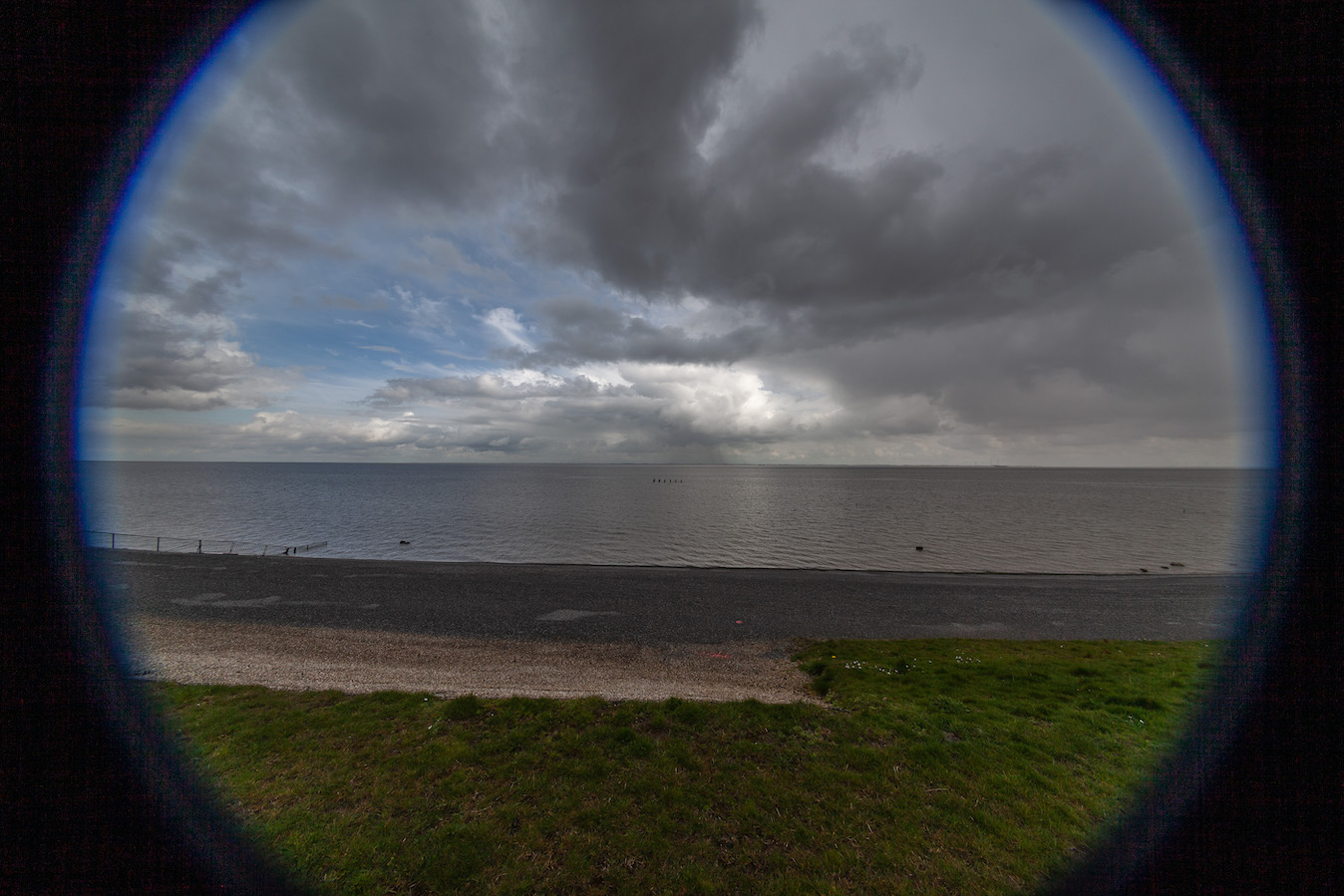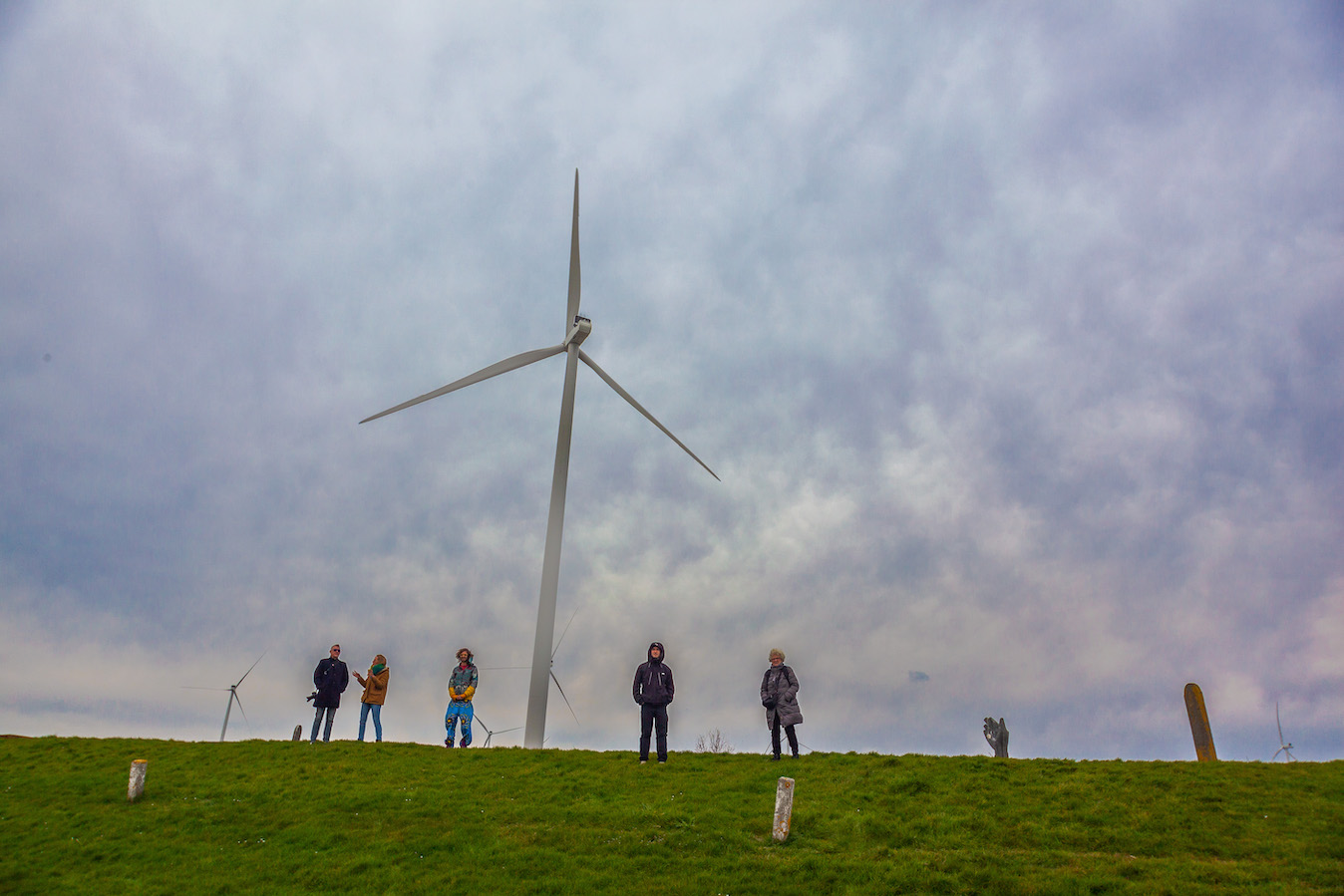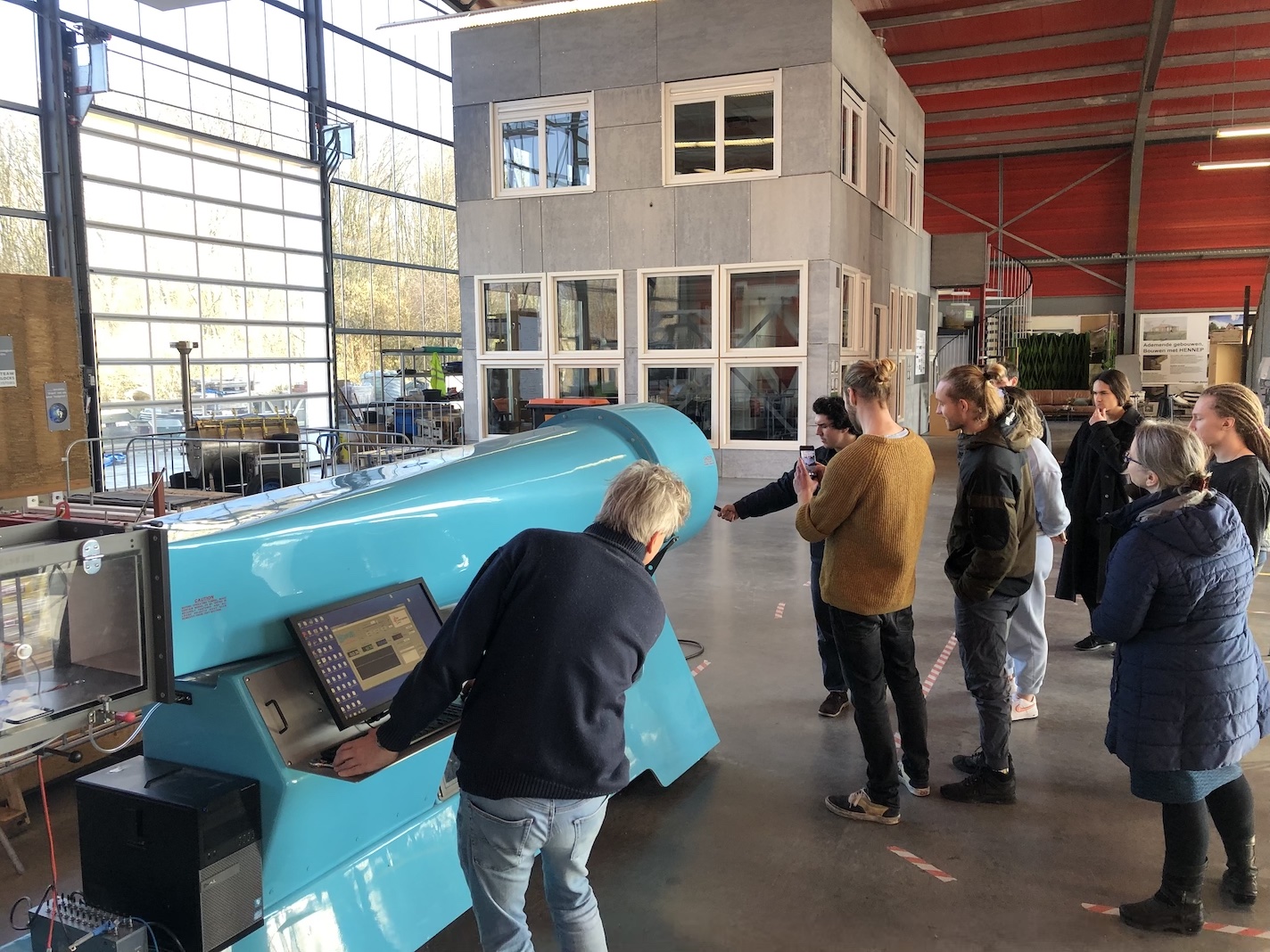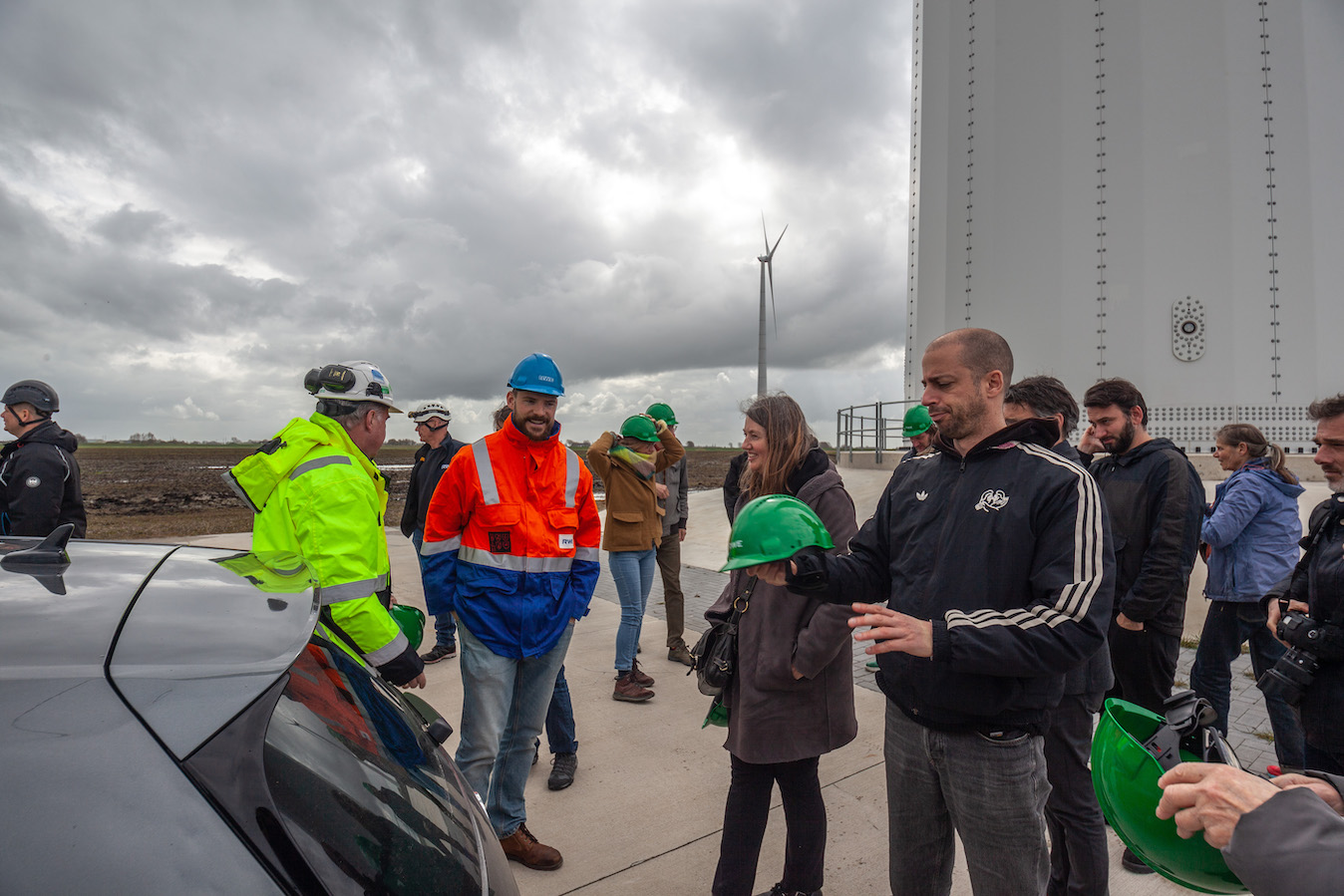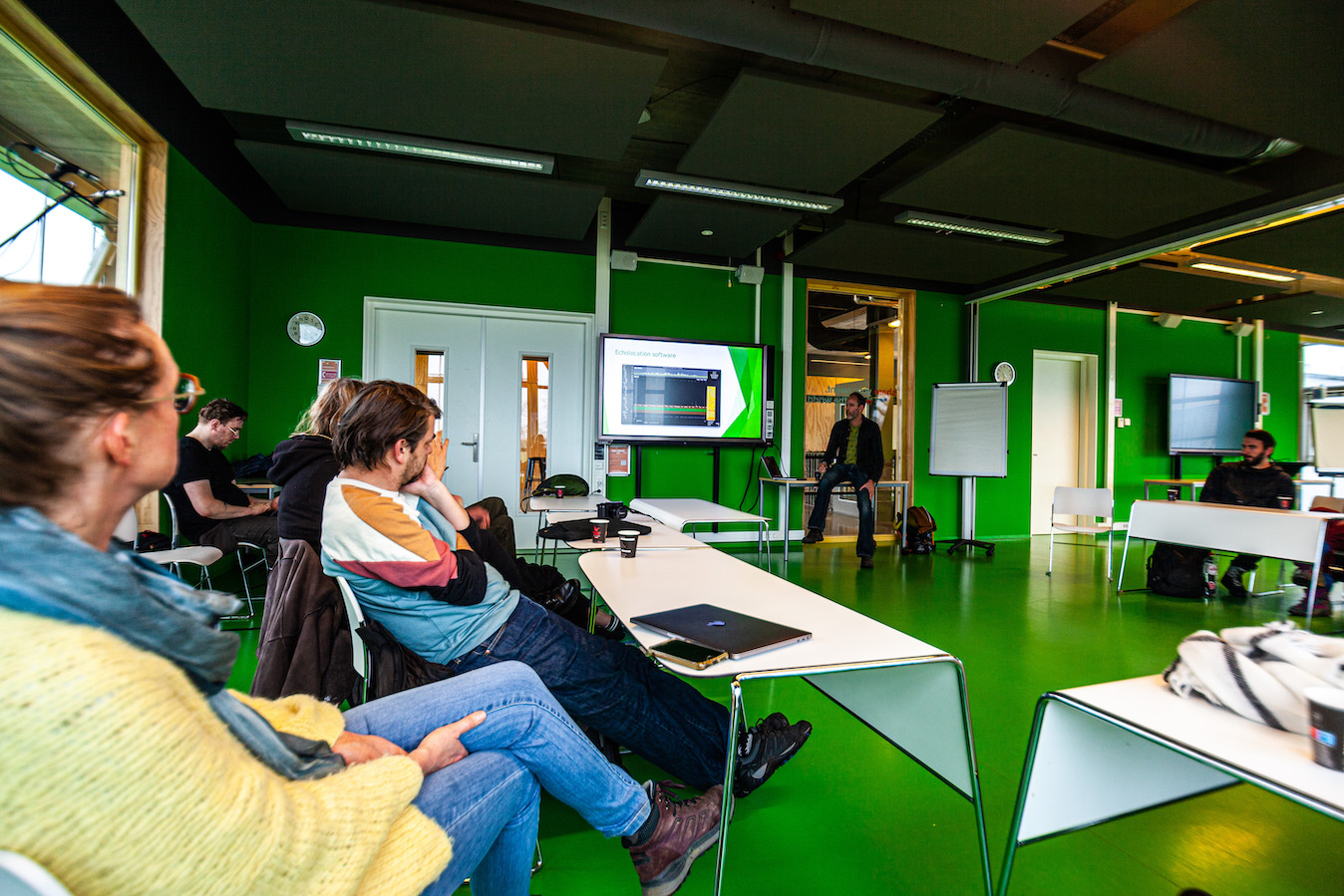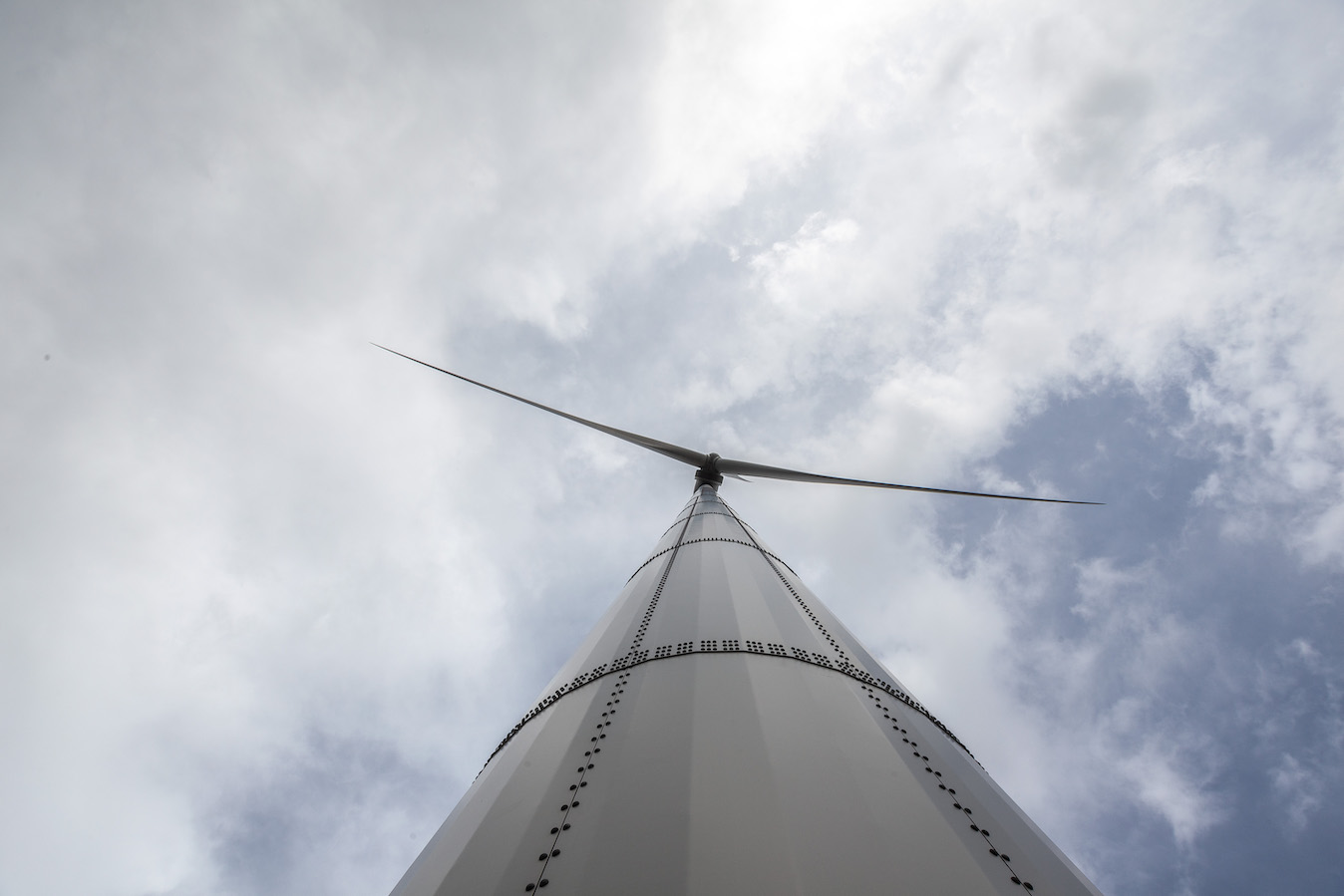WELCOME
The Dutch and Belgian landscape is in constant movement. The primordial forces of wind and water play a significant role in this.
The Turbine Plays is a transdisciplinary, artistically driven project, imaginatively connects energy professionals, citizens, heritage professionals, artists and musicians. They will work together to contribute to energy transition, landscape transition and climate adaptation in innovative ways. The project reaches into our past and integrates the future. We focus on climate, weather and especially wind as a key player in our cultural heritage. Wind is a co-player in shaping our country, our identity and cultural expressions.
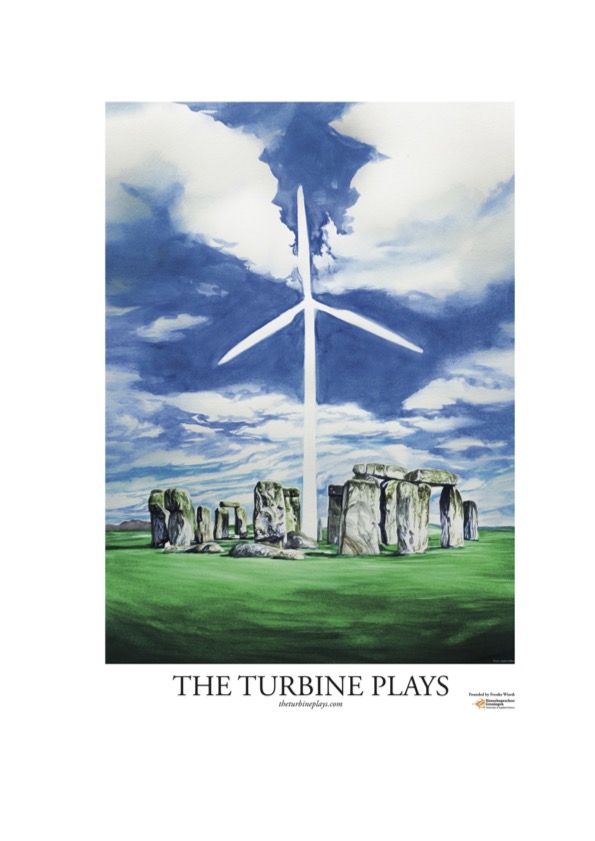
Artist, Composer
The Turbine Plays originated from the idea that artists also use instruments to capture, interpret and communicate data from their environment.A wind instrument, for example, is a direct translation of air movements into sounds.Wind instruments can be small-scale, as in an orchestra, but can also be used on a landscape scale, to measure and experience.Visual observations, musical experiences and the resulting data can give a different perspective to the knowledge developed around wind.
Transdisciplinary Approach
Central to the project is its multidisciplinary nature, which recognises that addressing the multi-faceted challenges of energy transition requires the input and expertise of multiple disciplines. Through the collaboration of artists, wind and energy professionals, social and welfare scientists, ecologists and community members, it looks not only at the technical aspects but also at the social, cultural and ecological dimensions.
Creative Engagement
The impact of the energy transition on citizens’ well-being cannot be separated from the impact of other transitions currently taking place, such as transitions in agriculture and transitions in healthcare. Therefore, it is very important to tackle the energy transition together in broad innovative ways aimed at creative engagement and well-being of all citizens.
The Turbine Plays works at the intersection of research, the arts, education and public engagement.
\\ Through multifaceted and multi-disciplinary collaboration.
\\ By sharing knowledge, exchanging information and facilitating interaction.
\\ By creating original and unusual artistic interventions.
\\ By developing artistic performances and presentations focused on an innovative and sustainable future, interacting with the elements and forces of nature.
\\ By encouraging and building social acceptance through visual art and music.
\\ And by sharing an extraordinary landscape experience that connects to the overall experience of technology, energy, transition, landscape, nature, culture, and public engagement with the energy transition.
We cooperate with various knowledge institutions and others :
Knowledge centre Art and Society (Academy Minerva), EnTrance (Centre of Expertise Energy) of the Hanze university of Applied Sciences, The Turbine Plays Artists 20x (Visual/Sound/Multi-Media/Composers) based in NL and BE, Terra MBO, RUG University of Groningen Faculty of Spatial Sciences, Faculty of Medical Sciences UMCG, Faunatech (innovative ecological field surveys), AEGIS Research Network for the Arts and Ecology, Melbourne (AU), Oslo Metropolitan University Professorship Technology, Art and Design (NO), Royal Academy of Fine Arts in Brussels, Higher School of Arts (ARBA-ESA), Guy van Bella : (IPEM) Universiteit Gent institute for Psychoacoustics and Electronic music, Annet Dekker : Precarious Data Aesthetics UvA, Simon Penny : professor in Electronic Art and Design (Dept of Art) at University of California.
our research community
Let me already introduce you to some wind harvesters :
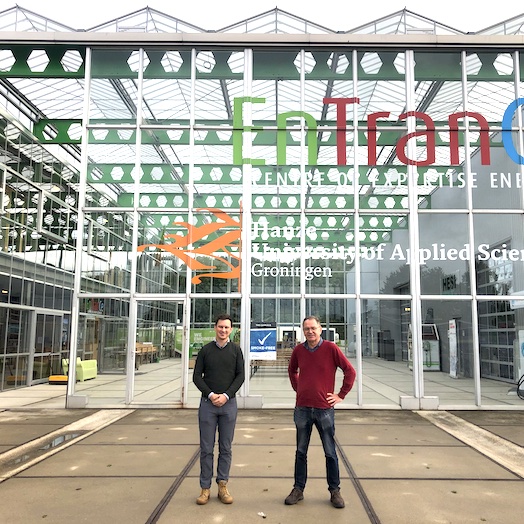
Gerard Schepers(R)
Niels Adema(L)
Professorship Wind Energy EnTranCe Niels Adema (PhD student EnTranCe & TU Delft en prof. Gerard Schepers (EnTranCe) technical expertise in energy transition and wind energy
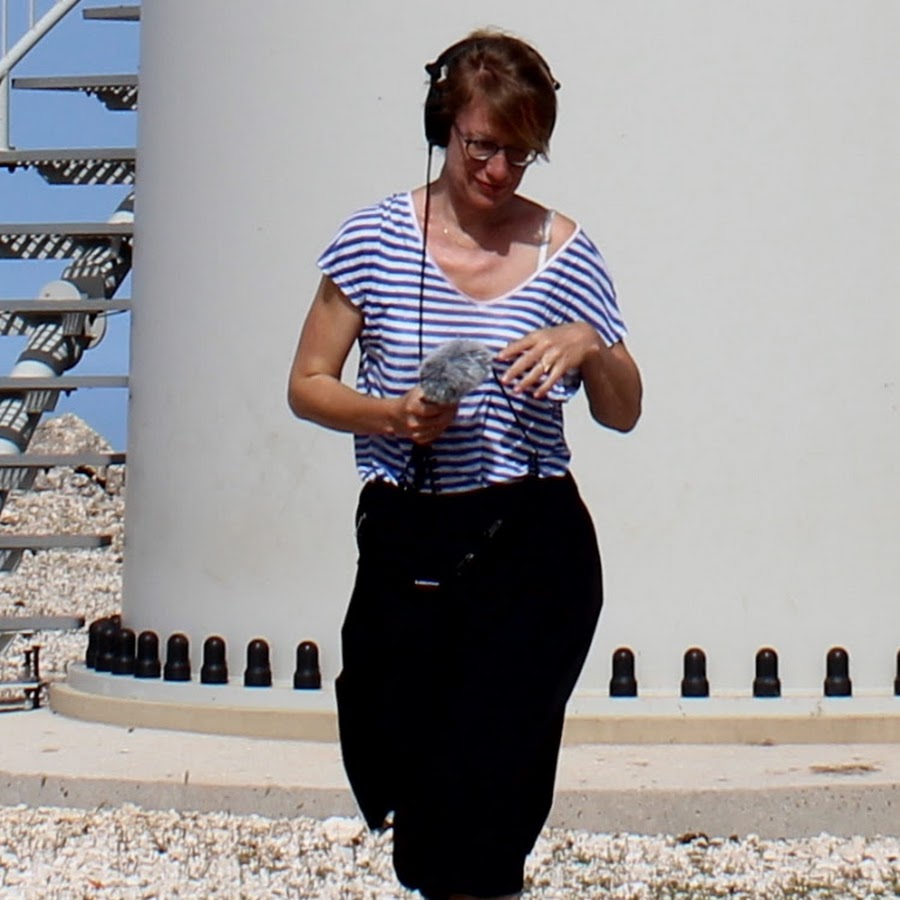
Frouke Wiarda
Founder of The Turbine Plays museology, sound artist, musician, curator, envisioning collective creative processes, researcher Hanze University of Applied Sciences Groningen, Minerva Art Academy, Art & Sustainability, Knowledge Center Art & Society
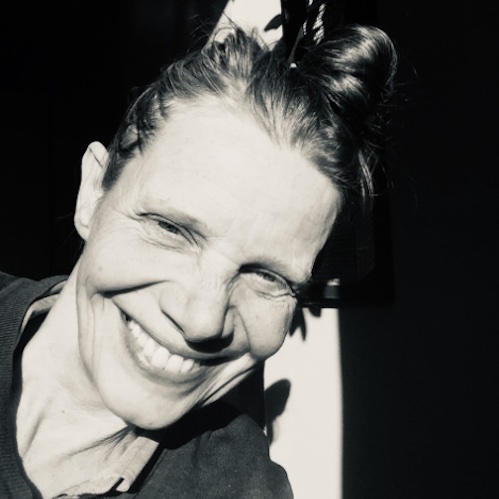
Judith van der Elst
Coordinator knowledge utilisation, archeology, anthropology, geospatial sciences, participatory GIS, spatial cognition, art-science collaboration, senior researcher Hanze University of Applied Sciences Groningen, Minerva Art Academy, Art & Sustainability, Knowledge Center Art & Society
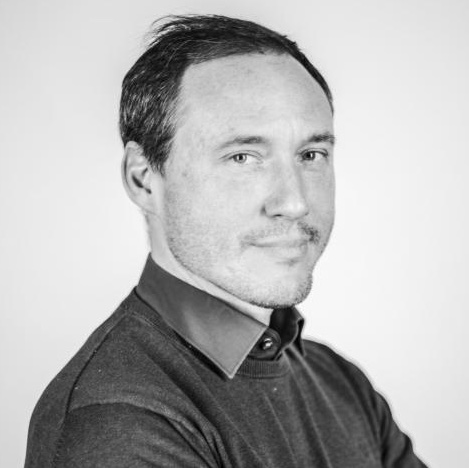
Stephan Balleux
Artistic coordinator and Visual Artist, painter, multidisciplinary artist, painting, drawing, animated video, sculpture, professor of painting Royal Academy of Fine Arts in Brussels, Higher School of Arts (ARBA-ESA)
Why this project ?
The wind turbine represents a powerful symbol, both of hope and a clean future and of estrangement and uncertainty. For every form of energy generation, interventions in space are necessary, and every source of energy has it own spatial footprint. A landscape is loaded with values, from individual memories to societal symbols. A topic in which the relationship between people and nature is reflected as much as the relationship between people – van Weelden, Dirk., 2017. ‘Essay: Dirk Sijmons en het nieuwe Landschap’.
This project starts with a question: what is the turbine doing there ? What kind of technology lurks behind it ? How did we as humanity come to these powerful, almost self-thinking machines? How do I relate to those white giants that stand all-powerful over the landscape ? What brings us together ?
Many people are deeply aware that economic prosperity has for centuries been synonymous with an abundant and cheap fossil energy. Can we maintain our privileged living conditions with a different energy system ? The transition is experienced as a very threatening situation.
Technology and landscape arouse emotions — at times strong ones — and sometimes incomprehension. Art and music can help to offer another vantage point than words, through which innovation can be made tangible and can be made to talk to the imagination. With the project The Turbine Plays I wish to use music and the visual arts to present our landscape in image and sound. Imagination is the basis for inspiration and new ideas and can play an important role in redefining the landscape. The different arts can turn objectivity, communication and collective relations into something sensorial, and bring citizens closer together. Music and the visual arts have a different quality. But both give a new perspective and a supplementary quality to our landscape, the place and the turbine. The different art forms always bring another perspective to collective experience.
Is it made for everyone ?
The project The Turbine Plays is meant for everyone, for serious-minded and critical citizens wondering about wind energy, for supporters of wind energy, for individuals, families, wind cooperatives, Dutch and Belgian authorities, the various umbrella organisations of wind energy producers… I wish to involve citizens in redefining a landscape which is always in motion. The project is committed to providing a positive contribution to our society and therefore I don’t only wish to address the groups mentioned above, as children, youths and students are inescapable: they contribute to developing the landscape of the 21st century.
When can I see and listen to it ?
From 2021 on a series of public events are programmed round the wind turbine and the theme of wind harvesting (every two to three months). Intimate unfamiliar and unique experiences in our imposing landscape. The wind turbine: from machine to multi-sensorial instrument.
Where the title The Turbine Plays is based on ?
The title the Turbine Plays is based on The Knee Plays, a series of compositions by David Byrne composed for the opera Civil Wars by Robert Wilson. It would be a sort of theatre marathon, in which all countries in the world would take part. Eventually six different composers from six different countries composed parts of Wilson’s text. The Knee Plays is a series of twelve short intermezzos that are meant to link the main scenes and to give time for planned changes. The six parts would premiere in their land of origin, and would later be put together in one epic performance during the Summer Olympic Games of 1984, a parallel with the internationalist ideals of the Olympic movement. The premiere of the complete work was cancelled when the funding failed to materialise and deadlines were not honoured.
Imagine the un-imaginable.
How can art and science strengthen each other, for the benefit of citizen well-being and engagement?
– Ina Horlings, Professor Socio-Spatial Planning University of Groningen
We are working together with
The Turbine Plays receives support and collaborates with Knowledge Institutions, Network Organisations and Cultural Institutions :
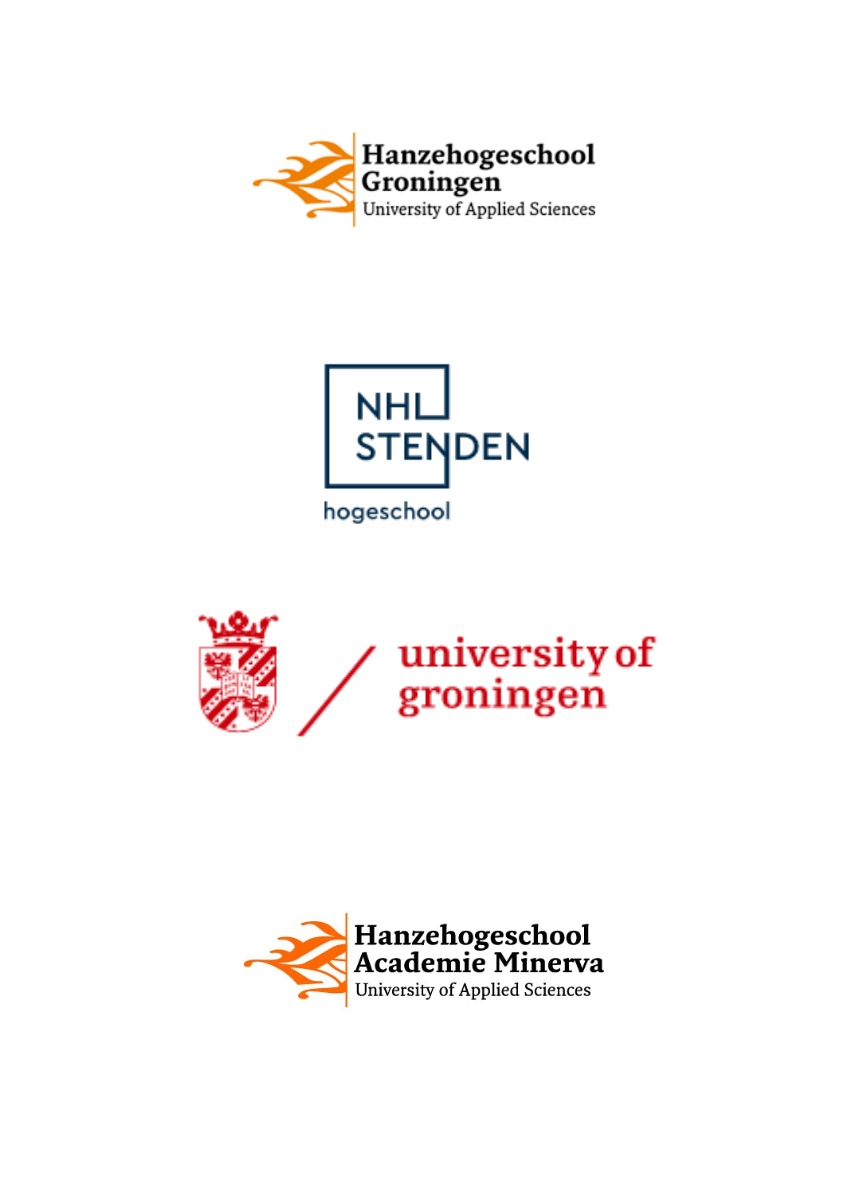
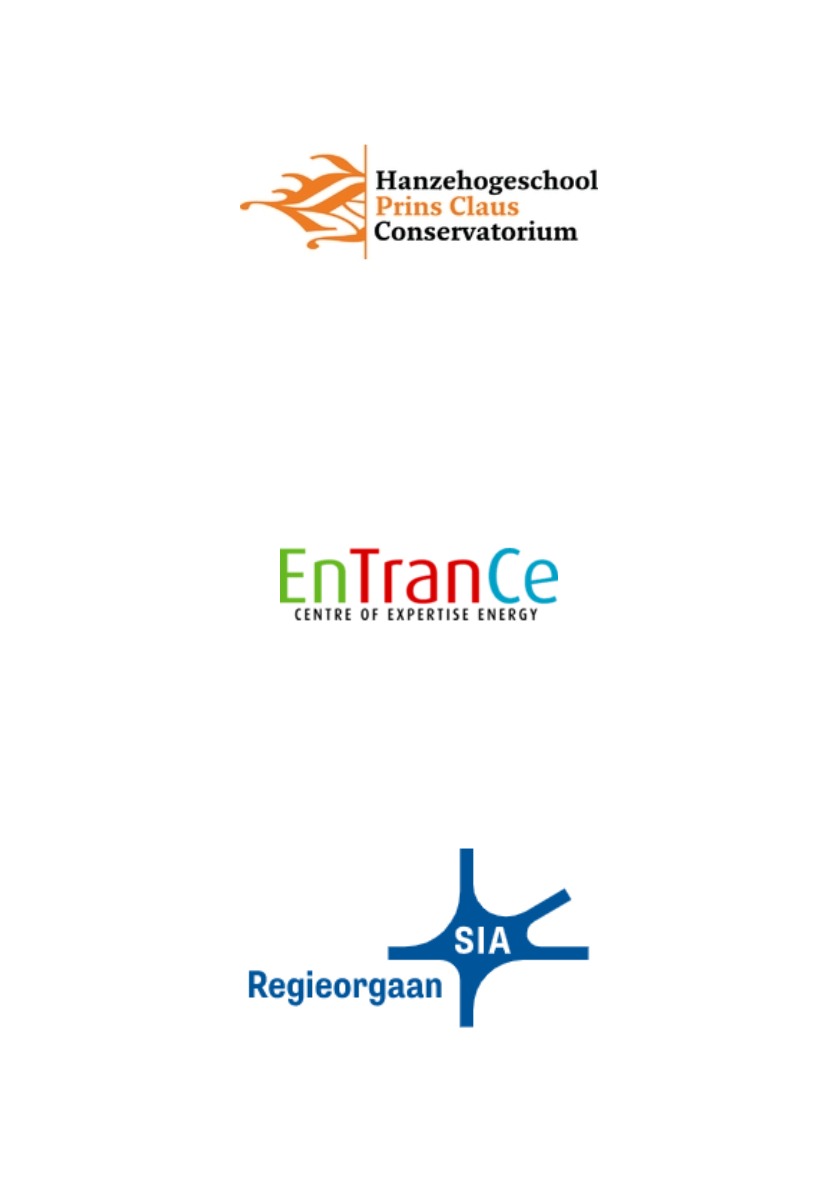
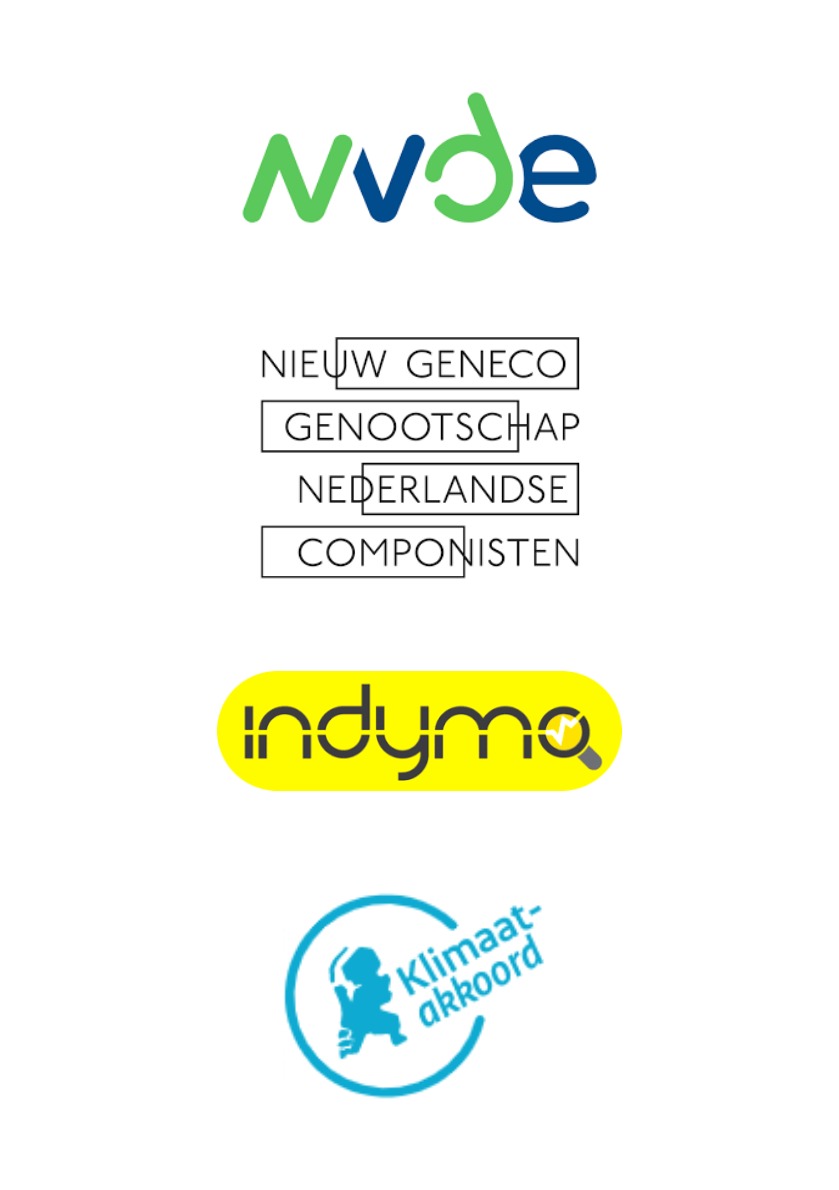
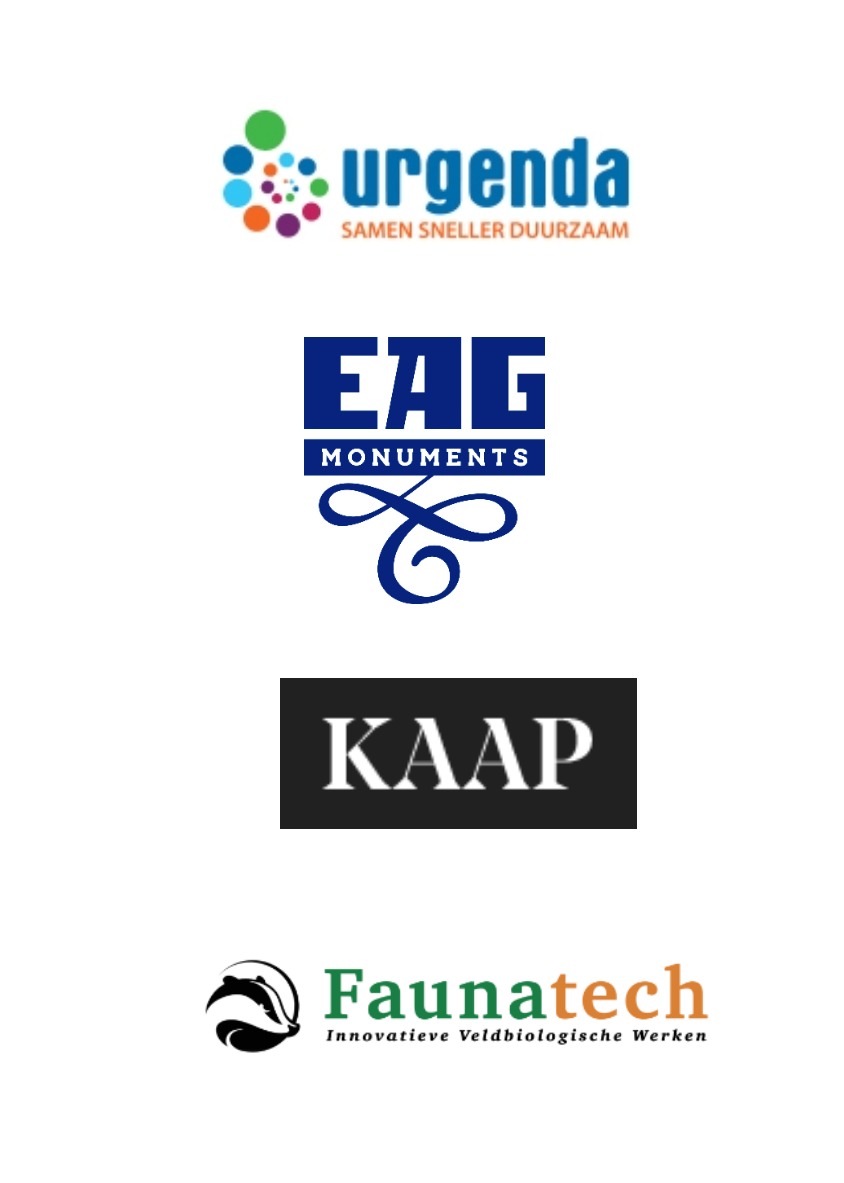
The Turbine Plays is about
We believe that by combining knowledge and strength of artistic and academic practices with citizens, The Turbine Plays project can encourage creative collaboration which contributes to a more sustainable future. For the first phase, the research and exploratory phase, a KIEM grant has been awarded by Regieorgaan SIA.
